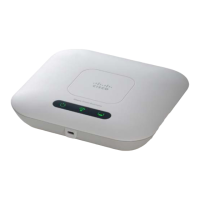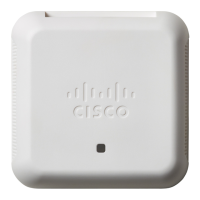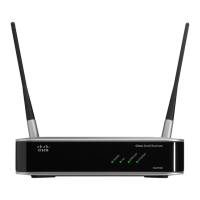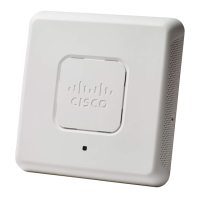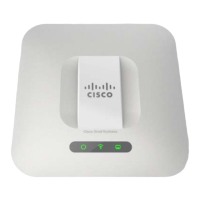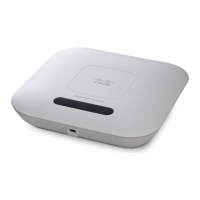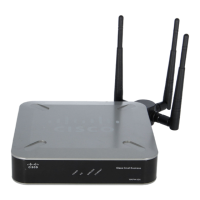Single Point Setup
Single Point Setup Overview
Cisco WAP131 and WAP351 Administration Guide 171
11
Managing Single Point Setup Across Access Points
Single Point Setup creates a dynamic, configuration-aware cluster or group of the
WAP devices in the same subnet of a network. A cluster supports only a group of
the configured Cisco WAP351 devices.
Single Point Setup allows the management of more than one cluster in the same
subnet or network. However, they are managed as single independent entities.
The following table shows the wireless service limits of Single Point Setup:
A cluster can propagate the configuration information, such as the VAP settings,
the QoS queue parameters, and the radio parameters. When you configure Single
Point Setup on a device, the settings from that device (whether they are manually
set or set by default) are propagated to other devices as they join the cluster.
To form a cluster, make sure that the following prerequisites or conditions are met:
STEP 1 Plan your Single Point Setup cluster. Be sure that two or more WAP devices that
you want to cluster are the same model. For example, the Cisco WAP351 devices
can only cluster with other Cisco WAP351 devices.
We strongly recommend that you run the latest firmware version on all clustered
WAP devices.
NOTE Firmware upgrades are not propagated to all WAP devices in a cluster. You must
upgrade each device independently.
STEP 2 Set up the WAP devices that will be clustered on the same IP subnet and verify
that they are interconnected and accessible across the switched LAN network.
STEP 3 Enable Single Point Setup on all WAP devices. See Access Points for more
information.
STEP 4 Verify that all WAP devices reference the same Single Point Setup name. See
Access Points for more information.
Group/
Cluster
Type
WAP Devices
per Single
Point Setup
Number of Active Clients
per Single Point Setup
Maximum
Number of
Clients (Active
and Idle)
Cisco
WAP351
8 160 256
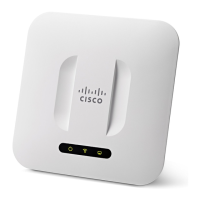
